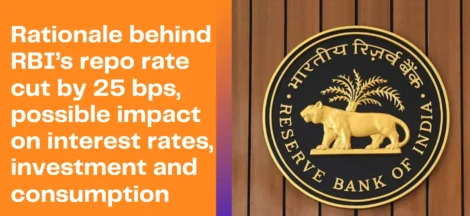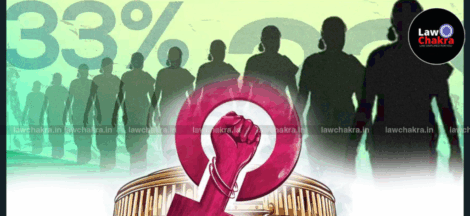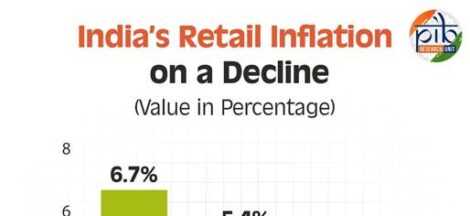The famous author Emma Goldman once said, “Politicians promise you heaven before elections and give you hell after.” It is true that no party has ever implemented 100 percent of the manifestoes. The rate of compliance with election promises is erratic for most parties after coming to power. So what is the point of coming out with pre- election manifestoes?
The political manifesto has a long history. Manifesto is a written statement of the beliefs or aims especially of a political party. In 1848, the Communists released their manifesto; in 1850, the Anarchists released their manifesto. Then came the Fascists Manifesto of 1919, propagating the right for women to cast votes, proportional representation and minimum wages, etc.,
Political manifestoes are interesting because the electorates get a glimpse of what is in store for them if the party they vote for comes to power. In India, it is more relevant as the political parties are multiplying fast. According to Election Commission the total number of parties registered was 2698, with 8 national parties, 52 state parties and 2638 unrecognised parties.
With elections to five State Assemblies, now it is time for a shower of manifestoes. Political parties, particularly the regional parties promise, laptops, cycles, mixers, and television and even washing machines.
Regional parties and even national parties mostly promise free electricity, waiving loans to farmers, free water, etc., to lure the voters. For instance, the DMK in Tamil Nadu has released its manifesto this week offering 500 poll promises. The promises include a waiver of education loans (for those under 30) and reduced fuel pieces. It promises an allocation of Rs 1000 crores towards the renovation and conversation of Hindu temples. The party chief M.K. Stalin announced it would also allocate another Rs 200 crores for churches and mosques. All these from a party that is considered an atheist party!
Each election brings manifestoes, be it the Parliament elections or the Assembly polls, municipal corporation, and even panchayat polls. The late Labour politician Peter Shore once described manifestos as “a party’s contract with the electorate”.
I asked once then Finance Minister Madhu Dandavate in 1989 how they would achieve the Janata Dal poll promise to waive Rs 10000 to farmers. He smiled sheepishly and said, “We promised because we did not think we will come to power so soon.” While offering freebies, the parties do not calculate the cost of implementing them or from where they will find the money. The Congress and the BJP, the two major political parties have promised 33 percent reservation for women in legislatures and Parliament. However, the present government is going fast on fulfilling its pre poll promises like Ram Mandir, abrogation of Article 370 etc. Before the 2019 Lok Sabha polls, the BJP, in their “Sankalp Patra,” assured that apart from making India the third-largest economy of the world by 2030. It also promised doubling farmers’ income. The Sankalp Patra had 75 such resolution.
Elected to power, no party has ever delivered its manifesto hundred per cent . The late Andhra Pradesh chief minister N.T. Ramarao had come up with just a one page manifesto containing promises relating to ‘food, clothing, and shelter and won a massive mandate. So it is not the number of pledges a party makes but the intention to fulfill them which matters.
The national parties like the Congress, BJP, and left parties usually have political, economic, and international resolutions mentioned in the manifesto. The communist party of India Marxist has come up with audio and sign language, which is commendable. The party, however, is at its historical low in terms of seats it represents.
In the United States, the manifestoes are policy-based, generally covering economic policy, foreign policy, healthcare, governance reform, environmental issues, immigration, etc. President Joe Biden even released a separate agenda for Indian Americans during the campaign. In many European countries, manifestos tend to mention more concrete policy choices and their budgetary implications.
It is essential to make political parties accountable for their promises as the manifesto is a kind of political bargain in lieu of votes. Otherwise it becomes like showing the moon in the mirror. The Election Commission should keep an eye on the nature of manifestoes and make the parties agree to the realities before promising things. As of now, manifestoes are limited to the paper and not realistic. It is for the people also to reject unrealistic manifestoes, which some gullible people believe. The political parties too should not shy away from telling the people the liabilities that accompany unrealistic manifestoes. The manifestoes should be legally binding or else they mean nothing. (IPA Service)



